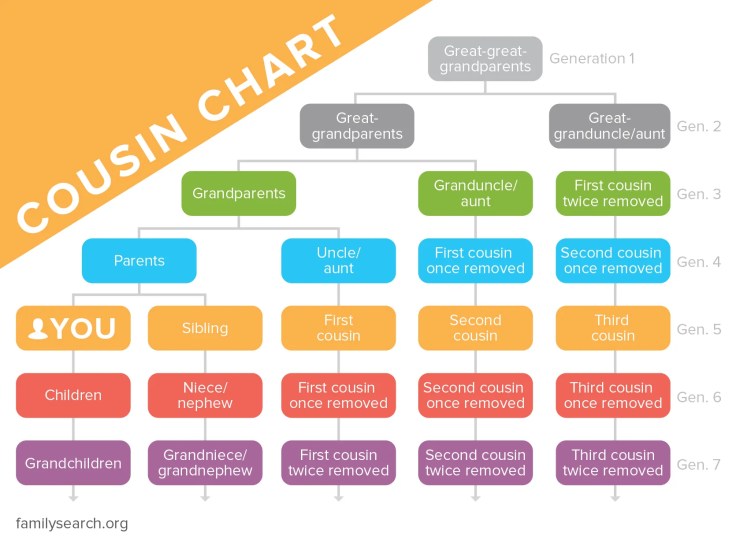Many people take DNA tests to get clear answers about their ancestors. So, what happens when the information that you get back seems to contradict itself? One of the most common cases of DNA test confusion comes from a measuring unit in your DNA called the centimorgan. Understanding what centimorgans are and viewing how they are measured on a centimorgan chart can help you make sense of your DNA results.
What Is a Centimorgan?
A centimorgan is a unit of genetic measurement. It’s what experts use to describe how much DNA and the length of specific segments of DNA you share with your relatives. These shared segments are divided up into centimorgans. The more centimorgans you share with someone, the more closely you are related.
A centimorgan is different from the physical units we use in everyday life, such as inches or kilometers. It is less of a physical distance and more of a measurement of probability. It refers to the DNA segments that you have in common with others and the likelihood of sharing genetic traits. The ends of shared segments are defined by points where DNA swapped between two chromosomes, and the centimorgan is a measure of the probability of getting a segment that large when these swaps occur.
Centimorgan Chart: Making Sense of the Centimorgan Numbers
Based on your shared centimorgans, DNA tests estimate how you and your DNA matches are related. The following centimorgan chart (click to enlarge) gives an estimate of what certain numbers of shared centimorgans mean. With this information, you can start making connections to possible relatives and shared ancestors.
The chart can help you narrow down which possible relationships to focus on in your research.
Confusing Results: When DNA Matches Contradict Family Trees
As you can see from the centimorgan chart, a centimorgan range of 575 to 1330 could mean the DNA match is a first cousin, half aunt, or even a grandparent. Don’t be too concerned if a sibling’s test labels a shared genetic relative with a different relationship. Since DNA is inherited randomly, even a sibling may share more, or less, DNA with a relative than you do.
A centimorgan can only tell you how much DNA you share with a genetic relative. There may be multiple genealogical relationships that can share the same amount of DNA. Refer to the centimorgan chart to identify all the possible relationships that can share the amount of DNA that you and a genetic relative have in common, and then use the additional genealogical information you have to narrow down which relationships are most likely.
Sometimes, the DNA results may contradict with what you know about your family. Even though this contradiction may be confusing, know that the amount of shared DNA is likely accurate and must be explained—even if, in almost all cases, the genealogical evidence and tree data need to be understood differently.
Start a Family Tree to Clear Up Confusion
If you are confused about the shared centimorgans in your DNA test, one of the best things you can do is a little detective work. Start by creating a family tree and mapping out what you know about your family. A centimorgan count can help narrow your options and give you a direction to go when discovering your family.
Consider starting with one close genetic relative with whom you share DNA. Then, see what additional information you can learn by using the genealogical information you find in FamilySearch Family Tree and historical records and communicating with other family. You might be surprised at how quickly you can determine the correct relationship.
Source: Family Search





Be First to Comment